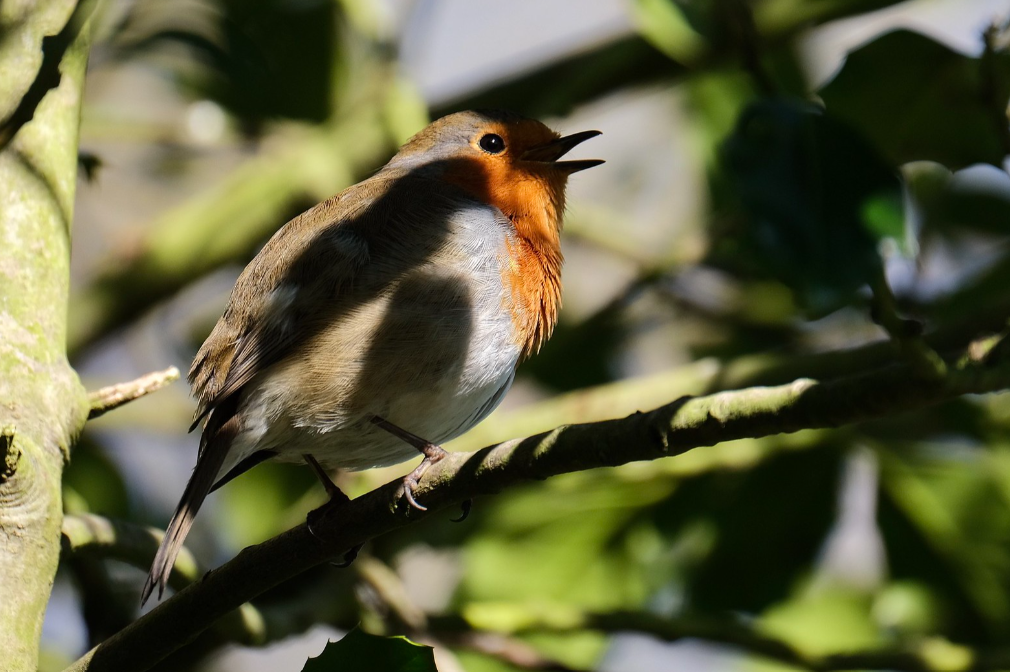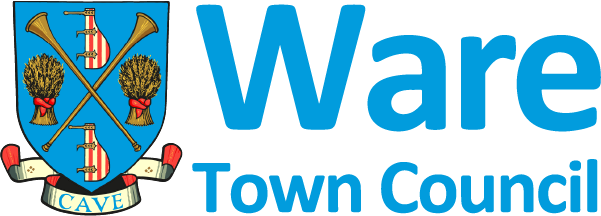
Green Spaces Management
At Ware Town Council we are striving to improve biodiversity and support nature recovery across all of our greenspaces. This means we are using information on historical, ecological, environmental and human use to inform our green space strategies across the area.
With nature recovery, we aim to:
- Reduce human intervention in ecological processes
- Allow and enable wildlife to thrive (with an emphasis on insects)
- Plant trees to capture and store carbon
- Provide beautiful recreational spaces
Green Spaces Strategies
- Reduce the frequency, area and deck height when cutting grass
- Establish ecologically appropriate plants across our green spaces to help wildlife
- Transition away from carpet bedding towards more herbaceous and woody perennial plantings
- Plant trees and hedgerows
- Establish wildflower meadows
- Create wetland areas
- Install bird and bat boxes & bee and bug homes across our area
Biodiversity
We hear the term ‘biodiversity’ a lot these days but how many of us truly understand its definition and the consequences of not doing everything we can to help it?
Biodiversity is the variety of species, habitats and ecosystems that support life – ours! It underpins the air we breathe and the food we eat. We depend on biodiversity for protection against pollution, flooding, climate breakdown and a lot more. The areas we are rewilding provide much-needed habitats for insects, especially those facing extinction, and have the many advantages that biodiversity brings. Let’s face it, without biodiversity, human life is threatened.
So, now we are fully aware of its importance to us all, what are we doing about biodiversity losses that scientists estimate will lead to the extinction of 1 million species within our lifetime if we do not act now?
What Can I Do to Help?
Firstly, your understanding of what we are doing as a Council, why we are doing it and its local, regional and global importance will help to set expectations of what is required to counter the consequences of a century or more of everybody keeping their lawns unnaturally short.
Secondly, you can decide which sections of your lawn/garden, no matter how small, you want to let grow wild. The average closely-mown lawn will consist of several species of grass (e.g. annual meadow grass, Yorkshire fog, couch grass, and maybe one or two others) and several species of annual and perennial wildflowers (e.g. daisy, yarrow, clover, buttercup, dandelion and quite a few more, depending on whether you have used weed killer in the past). So, if you decide not to mow your lawn – or sections of your lawn – from the spring, those wildflowers and grasses will finally be allowed to grow, flower and seed – which will help biodiversity! It may take a few years for you to achieve the right balance between flowers and grasses, and you may want to sow a wildflower mix to increase your biodiversity, but that’s essentially it. If you want to create a wildflower garden from scratch, you can learn how to here (Get growing with the RHS: How to grow a mini meadow / RHS Gardening)
Hertfordshire's Diverse Insects & Animals
We recognise that we are fortunate to have a diverse range of insects and birds across Ware.
